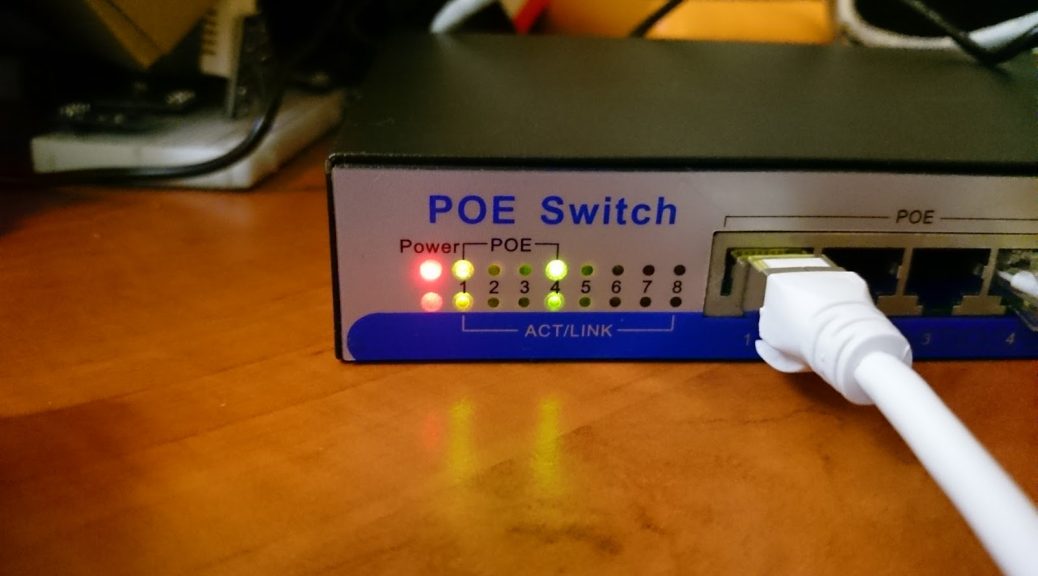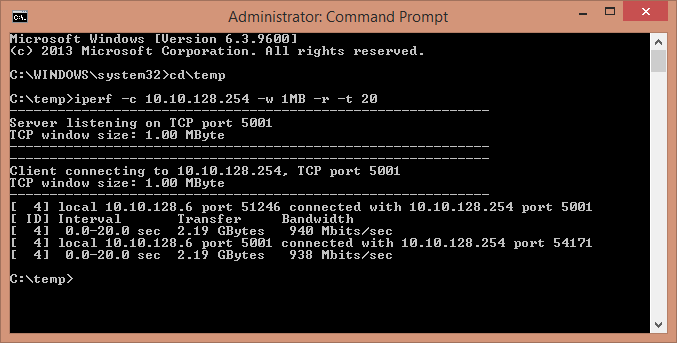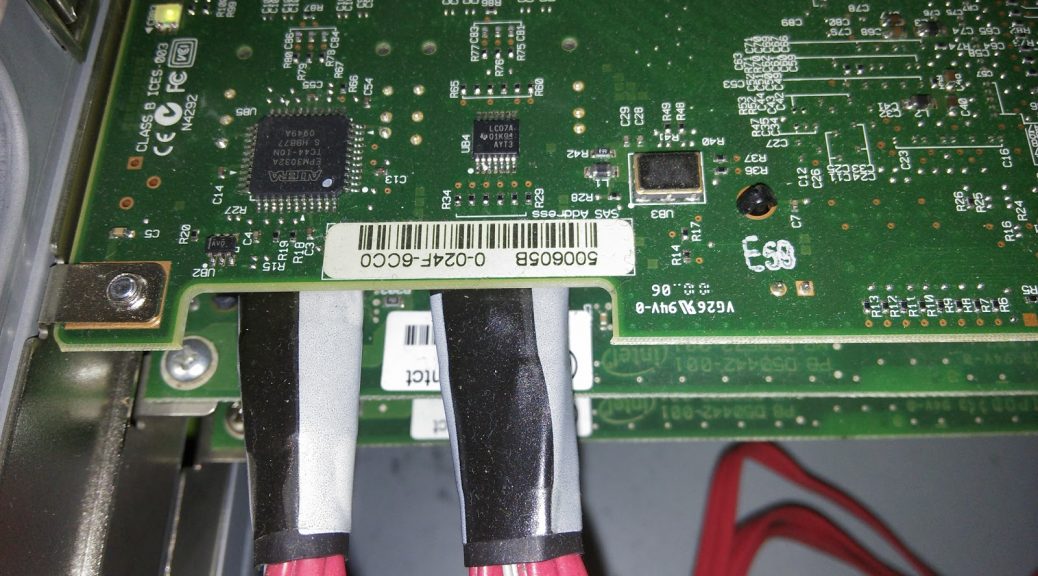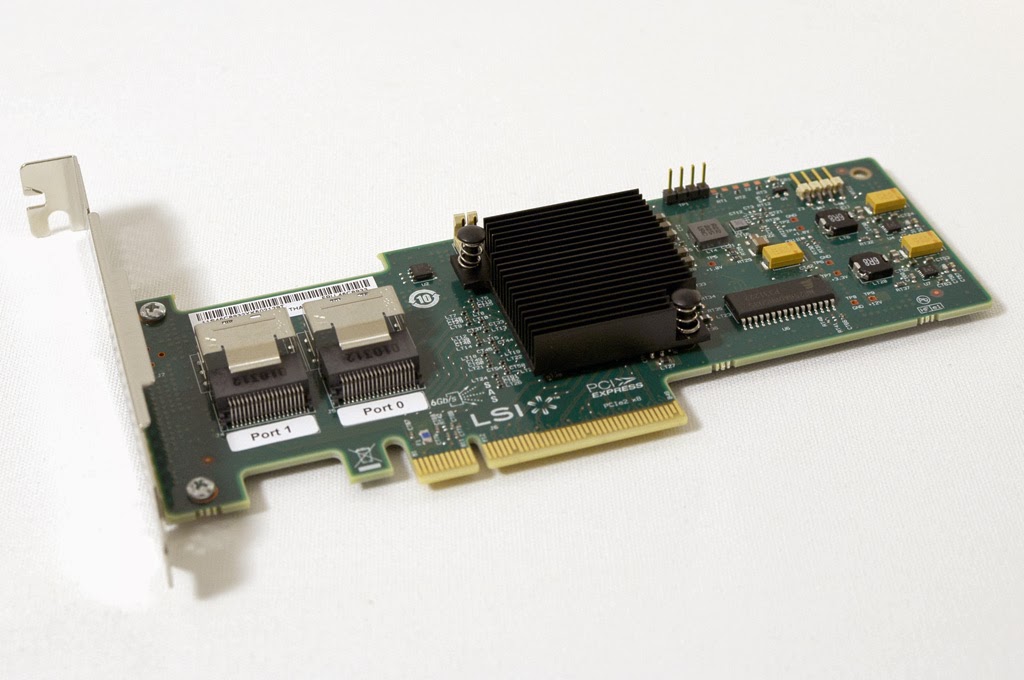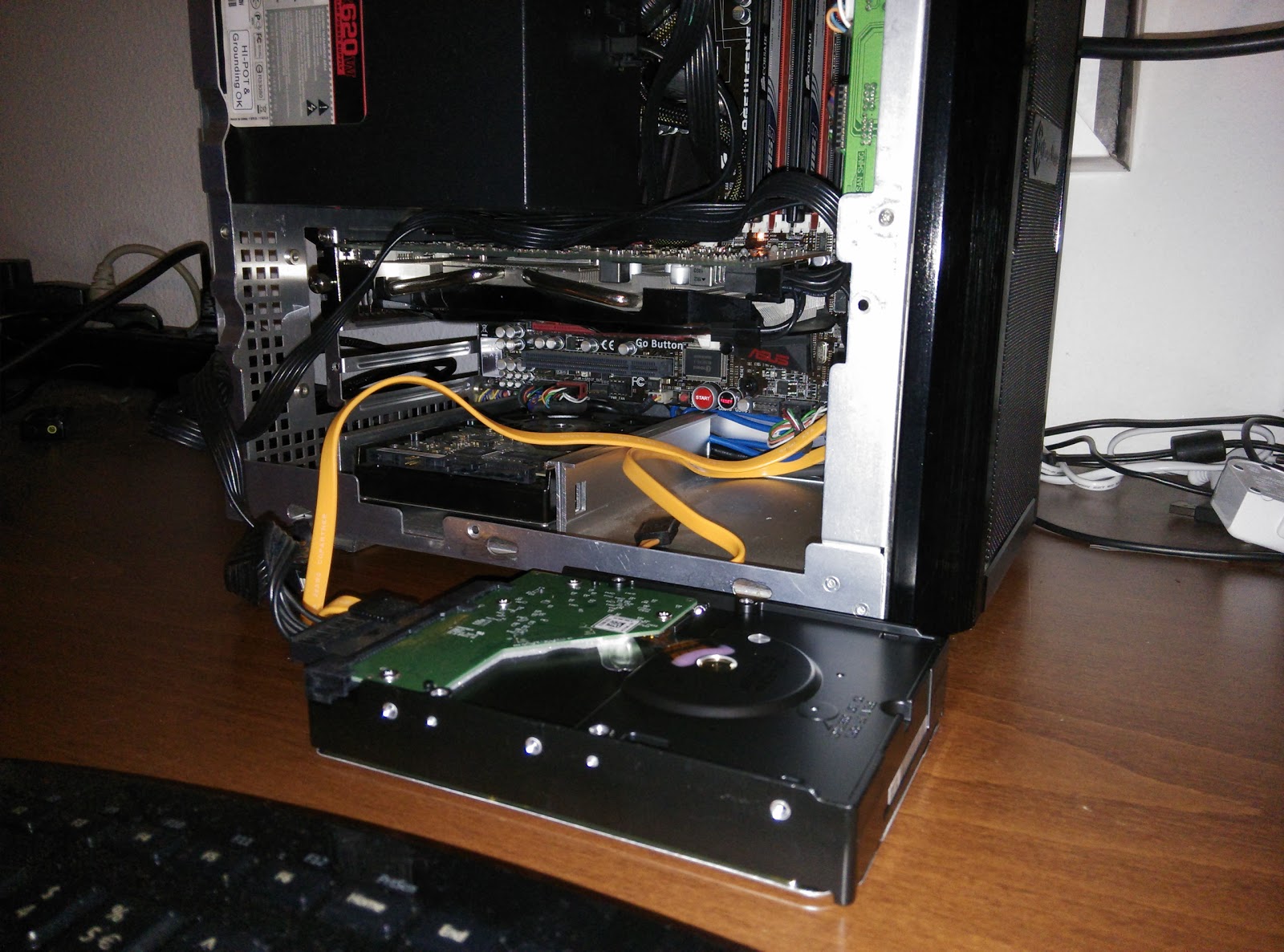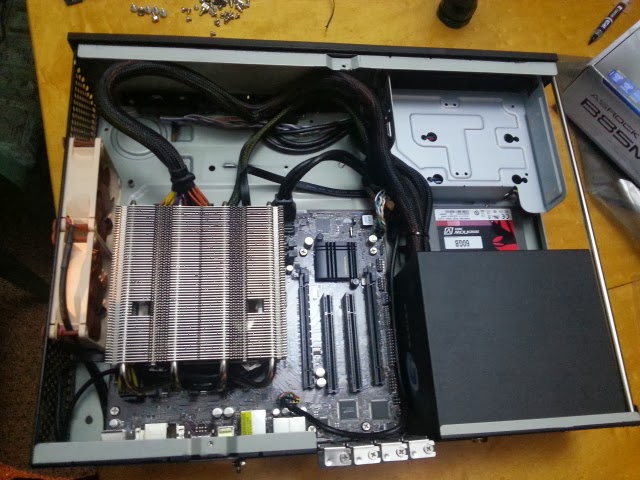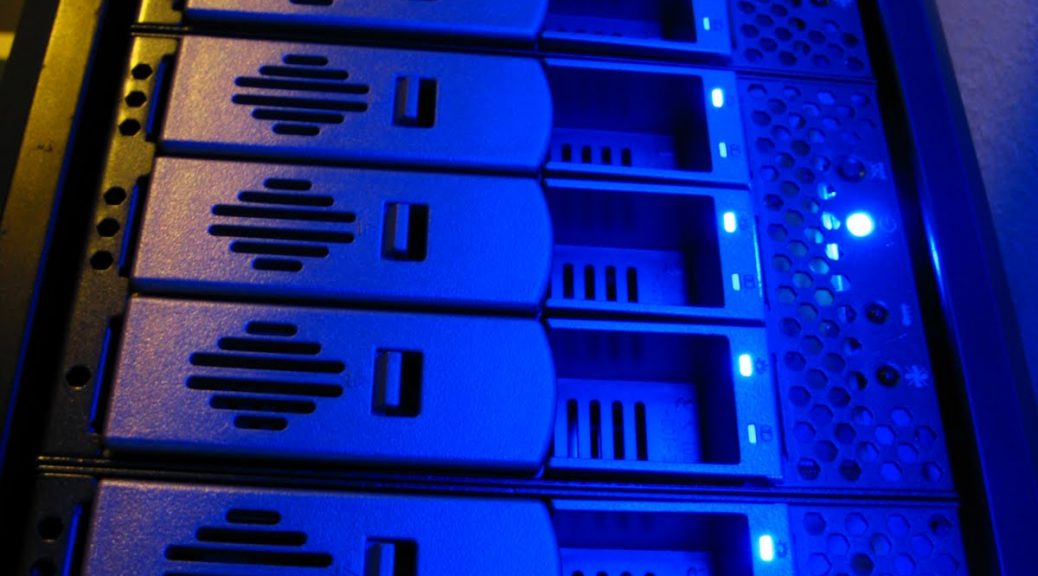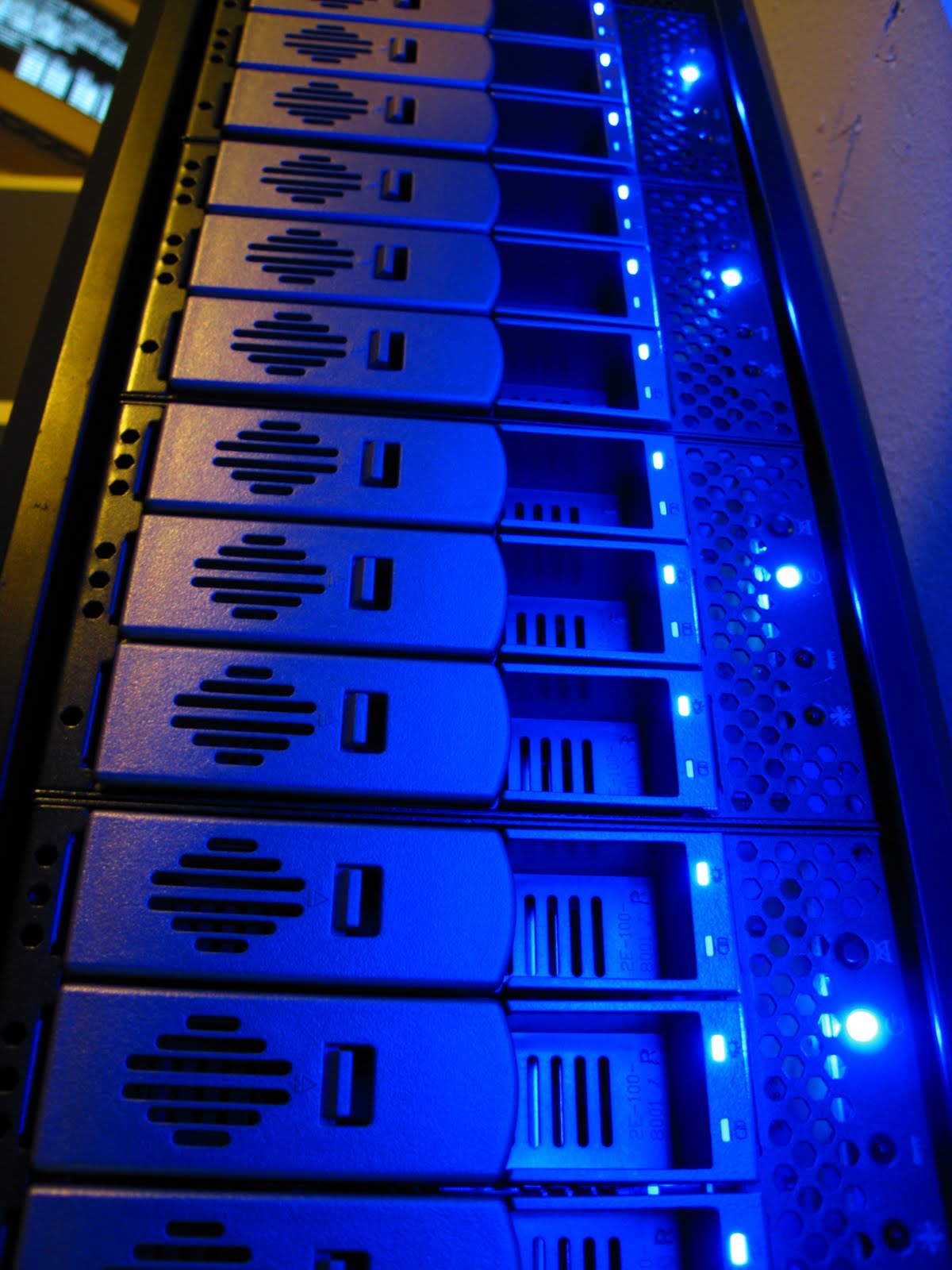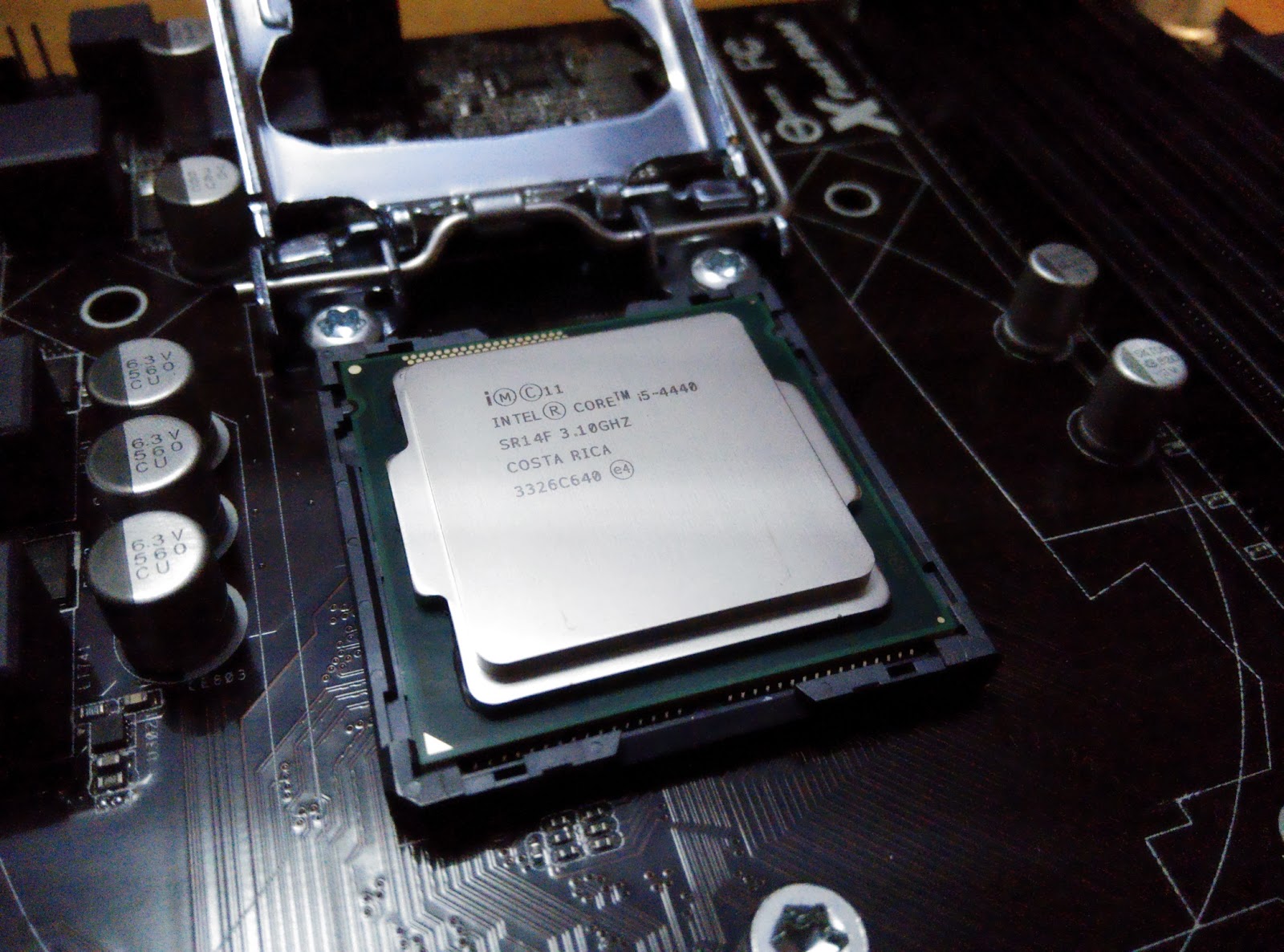Routerboard / Mikrotik just released a new product called the hAP AC. It’s the first product they have ever released featuring a 3×3 2.4Ghz and 3×3 5.0Ghz AC radio’s, 5 Gigabit ports, Passive POE (11v-57v) in and out and a SFP + USB port! I thought it would be worthwhile to run some tests on it and to share it with everyone.
Continue reading Review of the Mikrotik hAP AC and great wireless coverage in your home
Category Archives: Home IT
PL-PSE3008-A2 “dumb” POE switch
Over the last few years I’ve been gathering more and more equipment which supports Power over Ethernet such a access-points and the IP camera’s I’ve written about before.
I need something to power those POE devices! Most managable POE switches are quite expensive so I’ve been looking around for cheaper options and decided to order a “dumb” POE+ switch from China to test!
CM11: Insert SD card / Cannot write to Storage
I’m a big promoter of ‘community’ driven Android ROM’s and in particular Cyanogenmod. For one reason or another all of my Android devices end up running Cyanogenmod sooner or later, stock ROM’s just don’t cut it, don’t get updated in time or are even just horrible with bloatware and other nonsense. But once in a while doing a flash I encounter a bug which Cyanogenmod/CWM or at least, something goes wrong. If you know what is going on, it’s easy to fix though, let me explain!
Continue reading CM11: Insert SD card / Cannot write to Storage
A guide to iperf (network metering)
Both for my work and private tinkering I often have the need to do bandwith tests over a network connection. Sometimes it’s troubleshooting ethernet connections up to 10Gbit, sometimes it’s testing an internet line, a WiFi link or actual real-world VPN throughput potential. Whatever the case I often need a good mutli-platform bandwith testing tool.
For this I use a program called “iperf” and while it can be a bit daunting at first with a little know-how it’s actually pretty easy! Read on to find out how to use it in a variety of situations:
Home Server/Storage/Lab Setup Part 1.2 – x: Flashing an LSI 9211-8i/9220-8i / Dell Perc H310 / IBM M1015 to LSI IT firmware
Don’t have enough ports available in your (Storage/ESXi) server? Even though modern motherboards come with 6 onboard port now a days, maybe it’s not enough for you. Or you are using a little bit older hardware and don’t have enough 6G ports (Only important to SSD’s really). A quick and easy way is adding a PCIe based storage controller. And while True Hardware RAID can be good to have, on lower end controllers it’s often more of a hindrance then a benefit. Especially when using something life software RAID or ZFS.
This guide will show you how to flash an LSI 9211-8i or 9220-8i / Dell Perc H310 / IBM M1015 to LSI IT firmware. IT stands for “Intergrated Target”. This way the disks get presented to the OS is a raw form, much like your motherboard ports would do. This enables complete control, SMART data for your OS and Power Management such as spindown. It will also help you if you encounter the “Failed to initialize PAL” error while flashing.
Home Server/Storage/Lab Setup Part 1.1 – x: HDD Preperations
I have been building private servers for over 12 years now, as written before my current server is incarnation/version 8 with several even having minor revision numbers between the big numbers. During this time I have accumulated some best practices for myself and one of them is to always perform a full surface scan on (new) disks I receive. Read more about it in this article!
Continue reading Home Server/Storage/Lab Setup Part 1.1 – x: HDD Preperations
Compact Haswell HTPC
A while back I built myself a powerful PC based HTPC and today a friend asked me to design one for him. Since I have it all figured out anyway, I can just as well put it up on here.
Home Server/Storage/Lab Setup Part 3 – x: ZFSguru Hardware and Layout (ZFS using FreeBSD)
This third part will be a hardware and design overview of the Storage server that I am using. This server combines a NAS with some secondary functions for me such as SabNZBd, Sickbeard, Couchpotato, FTP, CrashPlan, etc. I know that kind of taints it’s pure function (serve me storage) but since I used a pretty hefty machine for it, all seems to be working quite well and since this is not a company installation I believe the otherwise wasted CPU power can be put to good use! This article will be one of the most complex because it will hold the configuration I made and also partially the reasons why.
Home Server/Storage/Lab Setup Part 2 – x: VMware ESXi Server
First in the line of my Home Server/Storage/Lab Setup posts will by my ESXi server. I will list the hardware involved, power usage, etc.
Continue reading Home Server/Storage/Lab Setup Part 2 – x: VMware ESXi Server


